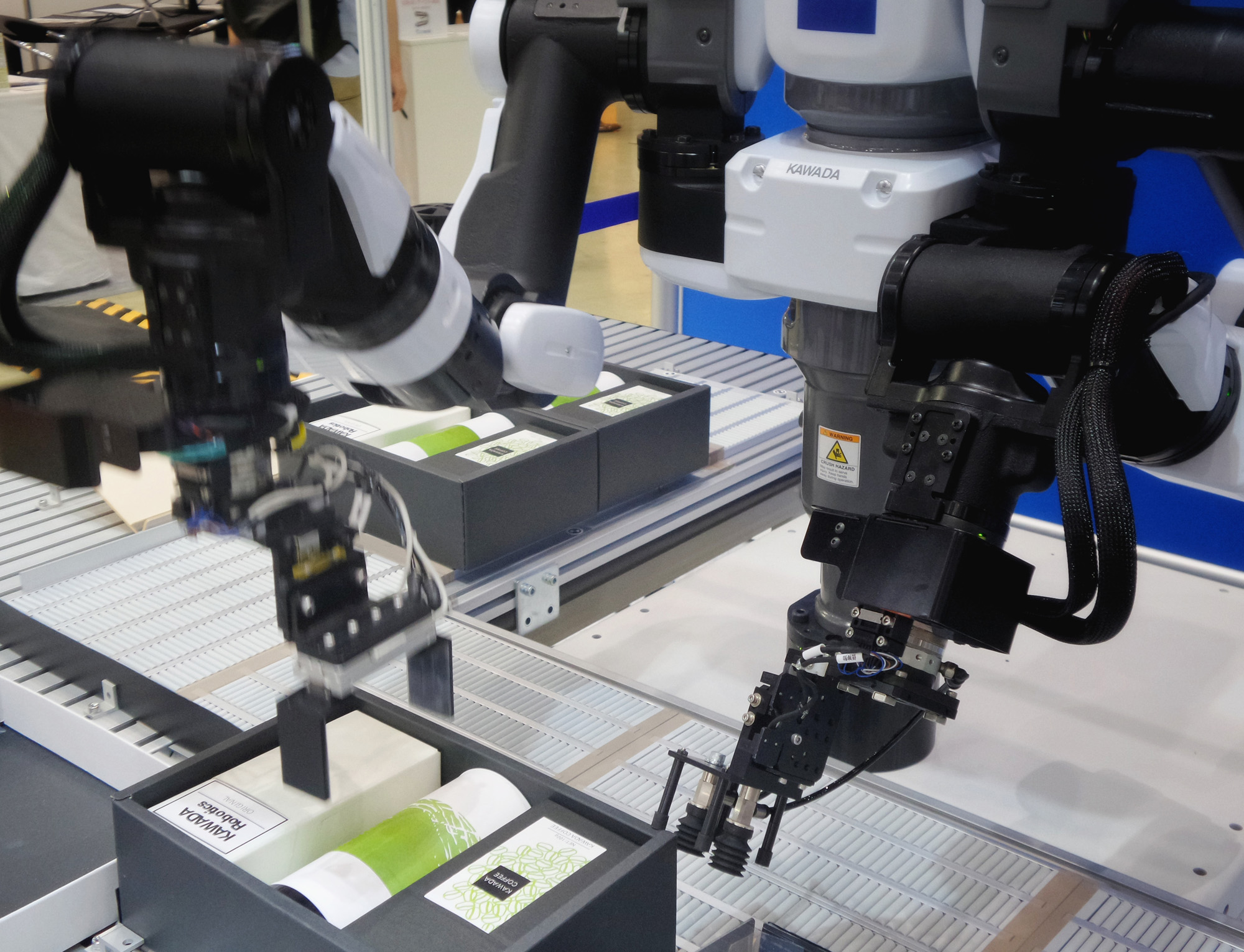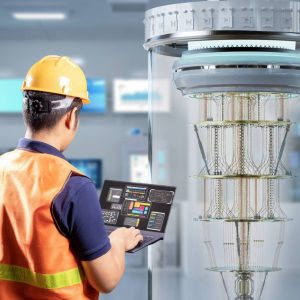
Amazon Web Services has launched a new machine to cloud connectivity framework which can be theoretically deployed in ten minutes; letting industrial users rapidly build connections between factory equipment and cloud infrastructure.
The launch comes as the public cloud market leader ratchets up a push into the industrial space, five months after announcing an agreement with VW that will see it integrate 30,000 facilities and 1,500 partners in a hybrid cloud for the automaker.
The service’s default is to connect with equipment that uses the OPC Data Access (OPC DA) protocol, but users can use the new offering as a reference to build connectors for the protocols their factory equipment uses. (Its code base is here). OPC DA is a client-server standard for streaming data from HMI or SCADA systems).
A key draw of the framework is that it allows for a quick ingestion of data from a machine into cloud storage. Once connected to the user’s AWS cloud services it allows them to run analytics and visualise incoming data.
The framework uses AWS IoT Core, a service that lets users connect and monitor IoT devices in their network. Companies use this service to connect factory equipment to the cloud so they can monitor data, while also establishing connections with other pieces of equipment. As the public cloud heavyweight explains in a deployment document: “This solution is designed to provide a framework for connected factory equipment, allowing you to focus on extending the solution’s functionality rather than managing the underlying infrastructure operations.”
“For example, you can push the equipment data in AWS IoT Core to your own data lake or visualization tools, run machine learning models on the data for predictive maintenance, or create notifications and alerts.”
The frequency at which data is read from a given connected machine and is sent to the cloud is controlled by two properties: machine-query-time-interval and machine-query-iterations.
As AWS explains: “The time interval is the interval, in seconds, at which you want to read data from the machine. The iteration is the number of iterations that will occur before data is sent to the cloud. For example, to read data every 0.5 seconds and send it to the cloud every 10 seconds, set the time interval property to 0.5 and set the iteration property to 20. To read data every 2 seconds and send it to the cloud every minute, set the time interval parameter to 2 and set the iteration to 30.”
The Machine to Cloud Connectivity Framework
Using the “Machine to Cloud Connectivity Framework” a user sets a job request, create, that holds information about the chosen factory device, what data the user wishes to read from the equipment and how often it should be read.
Then a Lambda function (job builder) translates the request into a machine readable format which is pushed out to all connected devices.
Finally that data is then translated again into something that mortals can read and is posted to the job/<jobname>/<tag-name> topic within the AWS IoT Core service.
Users can then specify what actions they would like to take regarding the data using the AWS IoT Core rules engine. If a developer use the automated deployment function Amazon says it can be operational within 10 minutes.
The service deploys AWS IoT Core, AWS IoT Greengrass, AWS Lambda, Amazon DynamoDB, and Amazon S3. AWS says, of pricing, simply that “you are responsible for the cost of the AWS services used while running this reference deployment.”
(The total cost to run the framework completely depends on the amount of data you are collecting, storing, processing and presenting.)







